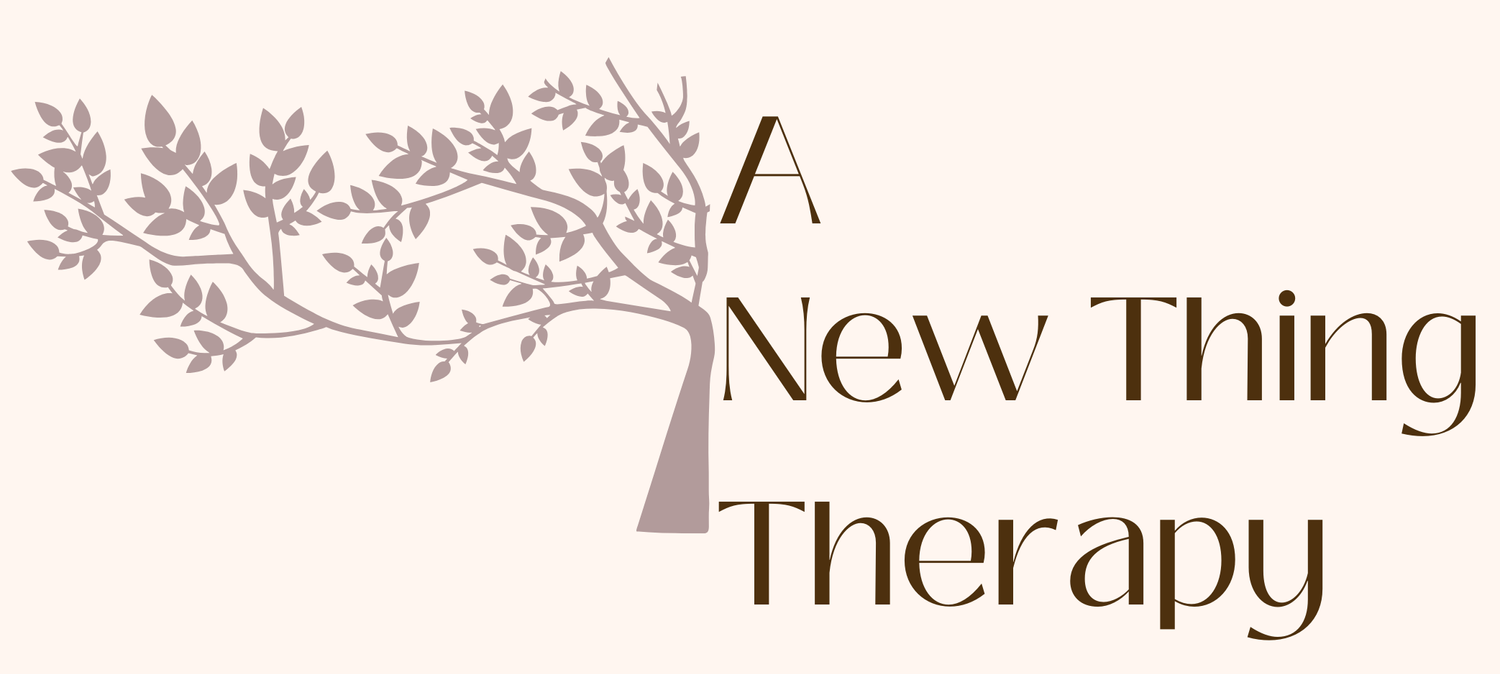Unpopular Opinion: Healing Isn’t Just Your Job (Or Theirs) — It’s Both
When someone we love hurts us—whether through broken trust, betrayal, or emotional disconnection—our first instinct is usually clear: “You broke it, so you fix it.”
It’s understandable. If their actions caused the pain, it feels only fair that their actions should also make it right again. We want to see effort, change, and consistency. And yes—those things matter deeply.
But here’s the part many of us don’t talk about: healing in relationships isn’t a solo job, and it isn’t a one-sided job either. Real repair takes two paths working together: your own self-healing and regulation, and your partner’s willingness to show up for relational repair.
That means as much as they need to take responsibility and rebuild trust through their actions, we also have to take ownership of our inner world—our triggers, defenses, and emotional responses. It means giving grace, staying open to gradual change, and recognizing the small, steady ways trust is rebuilt over time.
The rest of this post explores why both paths are essential—the inner work of self-healing and the outer work of co-regulation and relational repair—and how neuroscience and attachment theory help explain this powerful dance.
Path 1: Your Self-Healing Journey
When you’ve been hurt, your brain’s alarm system—the amygdala—goes on high alert. It’s the part that screams, “Danger! You’re not safe!” This is your nervous system trying to protect you from more pain by scanning for threats, replaying the hurt, or shutting down altogether.
But to truly soothe that alarm, another part of your brain needs to step in: the prefrontal cortex. This is your wise, reflective center—the part that helps you calm down, make thoughtful choices, and regulate your emotions. Self-healing begins here.
This doesn’t mean excusing what happened. It means learning how to soothe your nervous system so you can reflect instead of react, respond from clarity instead of fear and rage, and reconnect with your sense of safety within yourself.
This might look like:
Practicing grounding techniques when triggers arise.
Naming your emotions rather than letting them take over.
Slowing down before reacting impulsively and possibly creating new wounds.
Seeking support—from friends, a therapist, or spiritual practices—to hold space for your healing journey.
This path is deeply personal. No one can walk it for you.
Path 2: Their Role in Relational Repair
While you’re doing the inner work, your partner (or loved one) has their own healing role to play. This is where co-regulation comes in—when someone else’s calm, consistent, and attuned presence helps your nervous system relax and feel safe again.
It’s not about one grand apology. It’s about repeated, trustworthy signals over time that say: “I hurt you in this way, I see your pain. I’m here. You’re safe with me.”
Neuroscience tells us that our brains are wired for connection. We regulate best in safe relationships. That’s why a partner’s consistent actions—showing up, listening without defensiveness, demonstrating accountability—are so powerful in repairing trust.
Relational repair might look like:
Listening with empathy instead of minimizing or fixing.
Taking ownership without deflecting blame.
Following through on commitments consistently, not just once.
Creating emotional safety so hard conversations don’t become more wounding.
These steady signals calm the attachment alarm in your brain, helping trust rebuild not just intellectually but physiologically.
The Interplay: Why Both Paths Matter
Picture a Venn diagram: one circle is your self-healing, the other is their relational repair. The sweet spot in the middle—that overlapping space—is where true relational security grows.
If you rely only on your partner to fix everything, you risk emotional dependency and helplessness. If you focus only on your own healing while they stay resistant or inconsistent, your nervous system never truly gets the safety it needs and resentment can build.
Healing flows best when both paths stay open. Your inner regulation allows you to meet the moment with clarity, and their consistent care provides the external safety your attachment system craves. Together, these create a “we-system”—a secure base that’s resilient, connected, and steady.
When One Path Gets Blocked
Sometimes, one person stops walking.
If your partner resists accountability, your amygdala stays activated. The body never gets the “all clear,” and trust can’t fully rebuild.
If you resist your own healing and wait for them to “fix” everything, your prefrontal cortex stays offline. Emotional dependency and reactive cycles deepen.
Recognizing which path is blocked is key. It gives you the clarity to decide how to move forward—whether that means setting new boundaries, seeking therapy, or making tough but secure choices for your well-being.
The Goal: Secure Connection, Inside and Out
True healing in relationships isn’t about perfection. It’s about safety—both internal and external.
When you engage your self-healing, you calm your inner alarm and respond from wisdom, not wounds. When your partner engages in relational repair, they offer empathy, accountability, and presence that help rebuild trust.
Neuroscience reminds us: safety rewires the brain.
Attachment science reminds us: love grows where safety is consistent.
When inner strength meets consistent care, you move from survival to security, from reactivity to resilience. That’s where true relational healing lives—grounded, connected, and free.
💭 Reflection Question:
In your current or past relationships, which path—self-healing or relational repair—have you leaned on most? And what might it look like to strengthen the other path?
